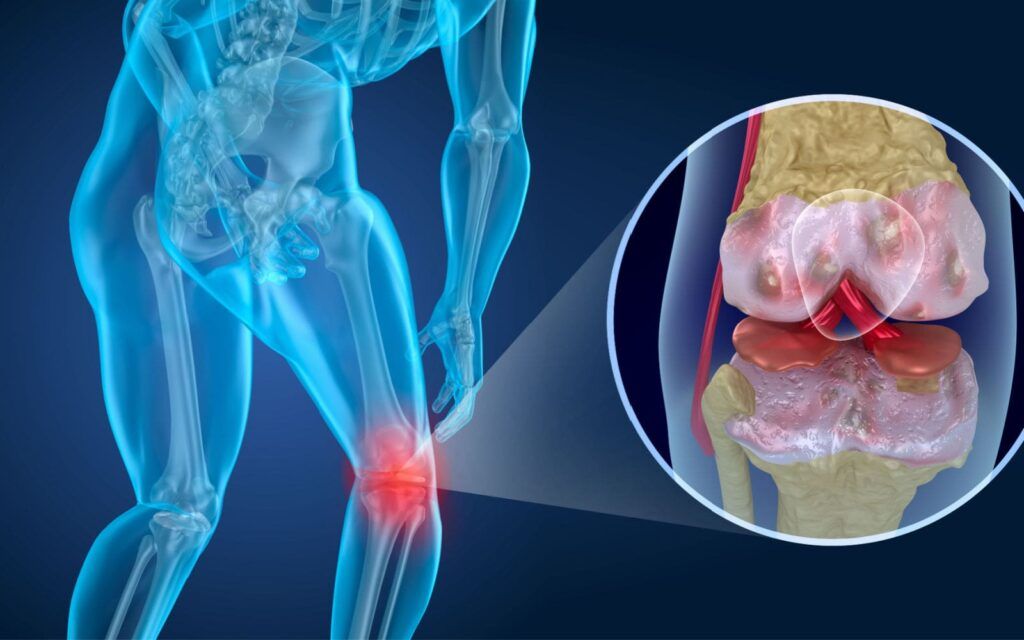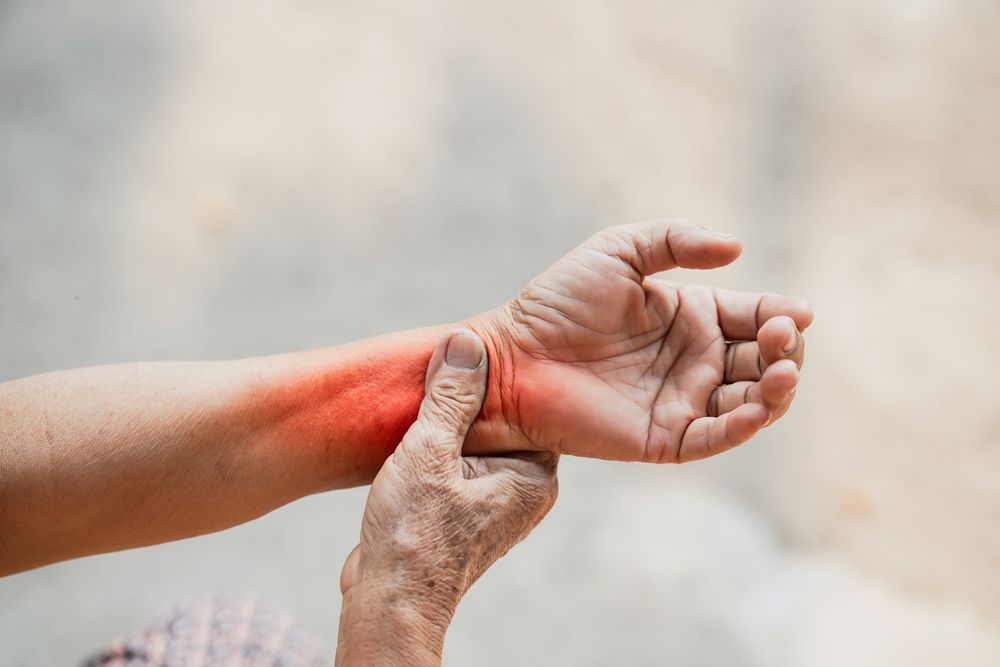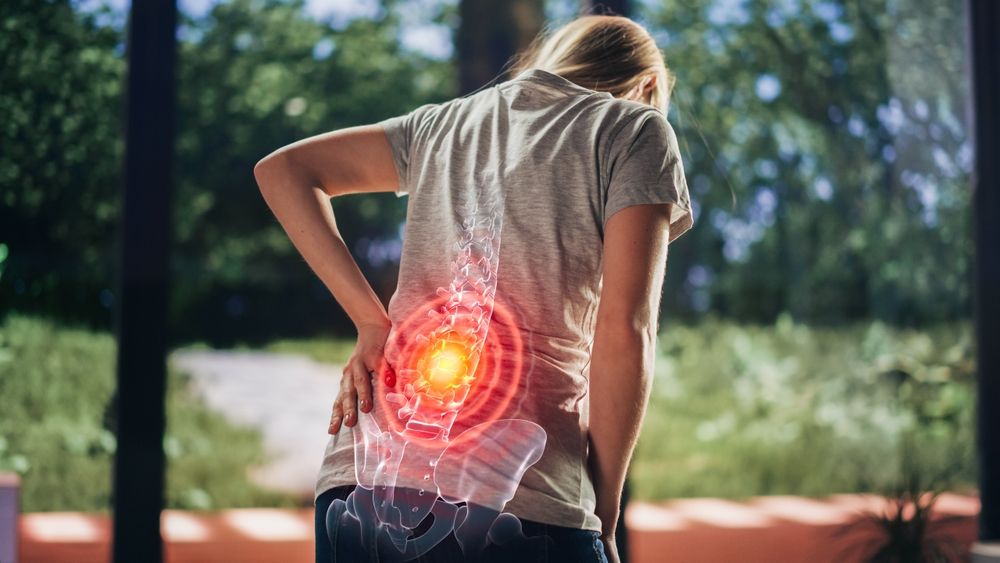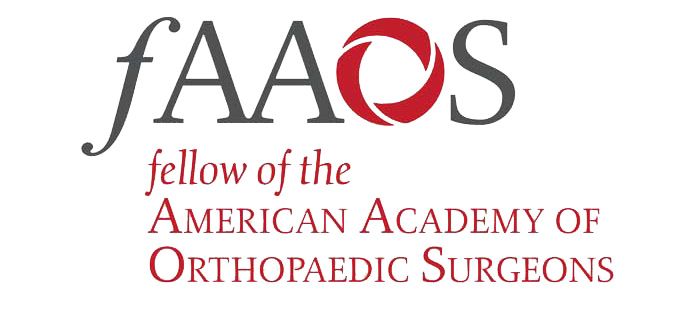Cartilage is connective tissue covering the sides of bones that make up your joints and other body parts, like the tip of your nostril and ear. When you move, it functions as a shock buffer and creates a rubber-like padding to stop the ends of the bones from rubbing against one another.
What are the Benefits of Cartilage Restoration?
Abrupt (acute) sports accidents and aging-related wear and strain can cause cartilage damage. (osteoarthritis). Because cartilage tends to have a poorer blood flow than other soft parts or even bone, cartilage fractures typically don’t heal well. Minor joint injuries might stop hurting, but it might take weeks or months. If more severe cartilage injuries are not properly handled, they could lead to ongoing discomfort and edema. Among the advantages of cartilage repair are:
- Preventing the need to inject artificial chemicals into the joint to relieve discomfort.
- possibly stopping gout from developing as a result of bone and joint damage
- assisting individuals in resuming busy lives
- putting off or postponing the requirement for a knee replacement operation
Thanks to recent advancements in orthopedics, patients no longer have to endure joint discomfort or physical restrictions due to cartilage injury. Advanced cartilage repair techniques, such as osteochondral autograft, allograft transfer, and autologous chondrocyte implantation, have shown substantial clinical relief in joint discomfort and function. The majority of the time, these procedures can be carried out using minimally invasive methods that involve the use of specialized instruments to irrigate and debride the injury site and replace damaged cartilage with tiny plugs of healthy cartilage taken from non-weight-bearing areas of the joint or a biological membrane infused with the patient’s cartilage cells.
Cartilage restoration treatments aim to insert new hyaline cartilage or fibrocartilage in the damaged region to encourage the development of new cartilage. (a different and somewhat less durable form of cartilage). Surgery for mending injured cartilage is still a developing field. As more is understood about cartilage and the healing process, it is anticipated that doctors will be more adept at repairing a damaged joint. The following are the most typical methods for restoring cartilage:
- Arthroplasty using microfracture drilling and abrasion: By establishing a fresh blood flow, microfracture seeks to promote the development of new articular cartilage.
- Matrix-induced insertion of endogenous chondrocytes: Drilling promotes the creation of healthy cartilage-like microfracture.
- Transplanting osteochondral autografts: Drilling and abrasion prosthesis are comparable. With the aid of an arthroscope, the subchondral bone can be reached by removing the injured cartilage rather than using tools or wires.
- Transplanting osteochondral allografts: An allograft is a transplant made of bone and cartilage, similar to an autograft. However, allografts are obtained from a deceased donor rather than the patient. The allograft tissue is prepped, sterilized, and examined in the lab for any potential illnesses that might be passed to the receiver.
Dearborn & Associates Institute for Joint Restoration and Cartilage Restoration.
Orthopedic surgeon Dr. Danielle Dearborn provides comprehensive treatment for all knee and shoulder issues, focusing on complicated knee diseases. Call (510) 818-7200 to make an appointment with Dr. Dearborn immediately.











